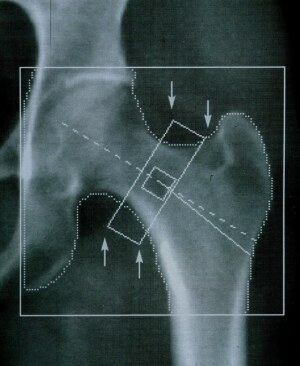por
Brendon Nafziger, DOTmed News Associate Editor | January 18, 2011
Some women might be undergoing dual-energy x-ray absorptiometry (DXA) or ultrasound scans to suss out osteoporosis about a decade earlier, thanks to new recommendations from one of the country's most influential medical bodies.
The United States Preventive Services Task Force has issued a set of guidelines lowering the age of screening for osteoporosis for some women, but saying they lacked evidence to decide whether men should be screened.
In a series of guidelines that
first floated in July, the influential group said women under 65 years old should be screened if their fracture risk equals that of a 65-year-old white woman.
Based on risk-assessment tools, a 65-year-old white woman has a 9.3 percent 10-year risk of osteoporotic fracture, the group said.
A younger woman could have a similar fracture risk if she were very thin, a smoker, drinker and had a family history of fractures.
The summary was published Tuesday online in the Annals of Internal Medicine.
Osteoporosis is a widespread problem in America. By 2012, about 12 million Americans over age 50 will have osteoporosis, with about half of all postmenopausal women and one-fifth of men are at risk for an osteoporosis-related fracture, the USPSTF said in material supporting their recommendations.
And although men are less likely to experience hip fractures, it can be deadly: more than one third of men with a broken hip will die within a year of the break, the group said.
Still, the evidence for whether men should be screened is lacking.
"Men most likely to benefit from screening have a 10-year risk for osteoporotic fracture equal to or greater than that of a 65-year-old white woman without risk factors," the group said in the guidelines. "However, current evidence is insufficient to assess the balance of benefits and harms of screening for osteoporosis in men."
Screenings are typically done by measuring bone mineral density with DXA scans of the hip and lumbar spine, although quantitative ultrasound scans of the heel bone are also used.
The group noted there wasn't enough evidence to say what the optimal intervals were for repeat screenings.
The group established their risk assessments using the Fracture Risk Assessment (FRAX) tool, an instrument for predicting fracture risk developed by the World Health Organization, which looks at easily accessible clinical information, such as family history, tobacco and alcohol use and body mass index.
